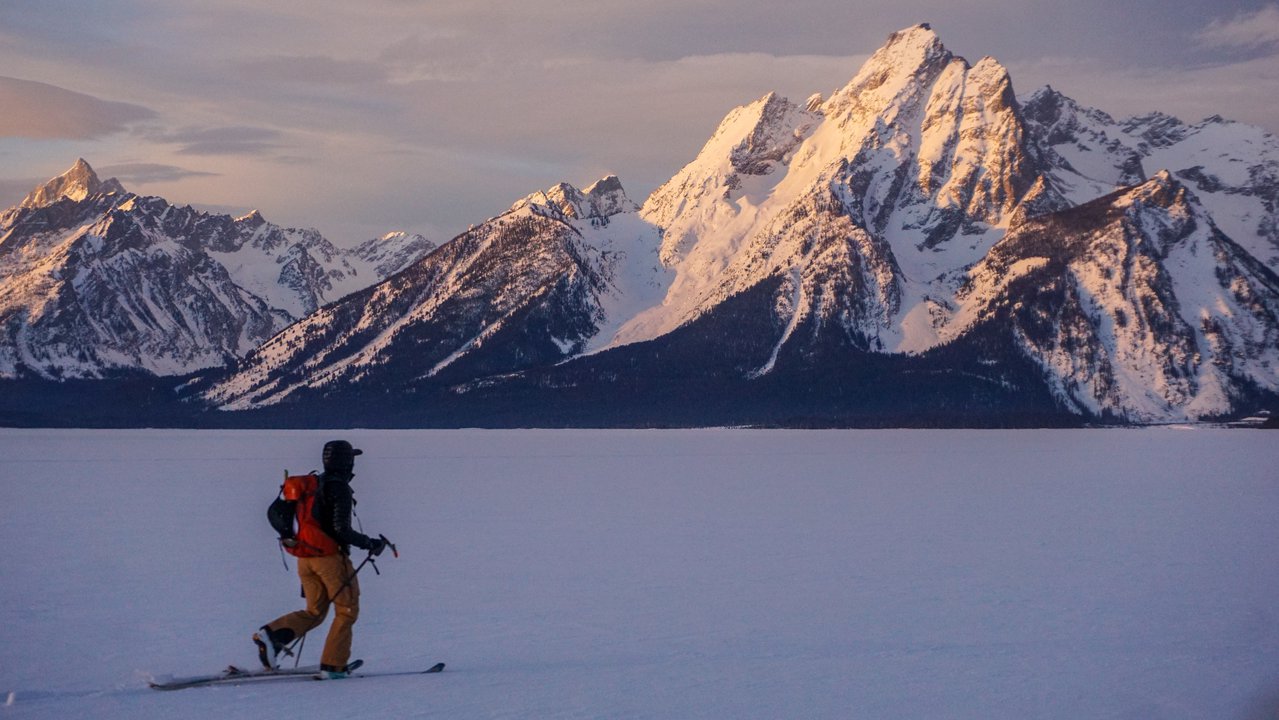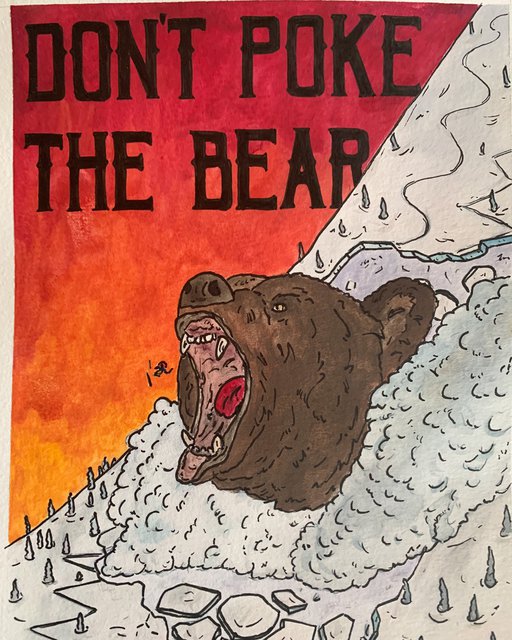So I wont go too in-depth on gear here, other than to make a few observations.
(Stay tuned for an awesome piece from Sklar on the pandemics wide-ranging impact on the industry.)
Buy now or prepare for gear to be out of stock later.

Do your research well and be careful with older gear.
Used Dynafit Beasts are never worth more than $150.
You will break them, and replacement parts will probably not be available.

Be wary of overpriced, overused touring setups.
Getting Educated
The traditional path to avalanche education usually starts with an Avy 1 course.
But COVID has changed classroom dynamics, and every educator will be handling this differently.

There is more demand than ever for these classes and more hurdles to offering them.
Contact local Avy pros and see if theyre interested in teaching and what size group you would need.
If you took your Avy 1 five years ago and then havent been using it, take a refresher!

This is how skiing with ropes makes me feel.
Just learning and understanding terms will help you read forecasts and ask better questions to inform your decisions.
ReadThe Avalanche Review.Its a large format, beautiful, affordable magazine.
And sometimes I draw stuff in it.
It’s full of the smartest thoughts from the smartest people in the industry.
Look through the Event Map for the past few years.
Look up the avalanche center for the area that you plan to ski in.
If you dont have the wherewithal to do that simple google, you probably dont belong in the backcountry.
Once youve found that site, bookmark it.
Youre going to use it a lot this winter.
So basically its a shorthand way of looking at whats been known to slide in your area.
Having a decent idea of whats prone to slide is vital to making good decisions.
Include a short sentence of what storm cycle came right before, and what triggered the slide.
The only thing we truly have control over in the mountains is what terrain we choose to travel in.
On that note, play around with Gaias slope angle feature.
The event map will have slope angles, aspects, and elevations for every slide.
Compare those on Gaia.
Look at what color slope angles slide a lot.
Look at what sort of terrain features the contour lines describe.
Look for patterns and similarities.
Sure, this sounds like homework, but its October and youre already desperate to ski.
Skip watchingRefreshfor the third time this week, and get informed instead.
So, as a new backcountry skier, its really important to pay attention and learn the rules.
Every area will be different, but there are a few things to look for anywhere you go.
Respect parking lot closures.
If the parking lot is closed, its for a good reason.
Dont park like a jackass.
This should go without saying, but it doesnt.
Use parking lots as efficiently as possible.
Carpool whenever it’s possible for you to.
Park close to the people next to you.
Dont park in wonky diagonal ways that make it hard for others to fill in the lot.
People get angry in parking lots.
Dont be a source of that anger.
When youre skiing, be hyper-aware of whats underneath you.
Personally, I will never ski something above an open road if the Avy danger is Considerable or higher.
Its a consent thing.
Folks just driving to work dont deserve to be put in that kind of danger.
Finally, if youre just getting started and learning the ropes, dont bring your dog.
It takes experience to figure out what backcountry laps are suitable for your dog.
If you dont know, dont take Fido.
Stay tuned, and Ill link from this article as soon as Part Two is published.